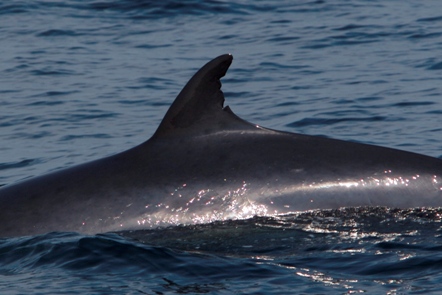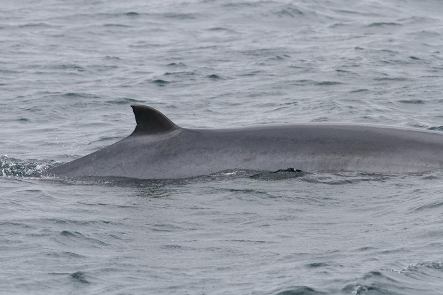Get Involved Index




Sponsorship
The lives of whales and dolphins are under threat from the introduction of toxic contaminants into the ecosystem, exposure to marine litter with risk of entanglement and ingestion, boat collisions, noise pollution, and the general damage and degradation of their marine habitat. We need your support to continue our vital work to conserve whales and dolphins.
Help safeguard a whale or orca for future generations for as little as £4 per month or £48 peryear and receive a free sponsorship pack. Enjoy keeping our cetaceans safe by sponsoring for yourself, or as a present for someone you care about who loves whales and dolphins.
By sponsoring a minke whale or orca you will receive:
- Personalised A4 sponsorship certificate
- Colour photograph of your chosen whale or dolphin
- Species factsheet and individual cetacean factsheet
- Annual personalised sightings updates for your animal, delivered in the spring
- Hebridean whale and dolphin ID guide
- HWDT pen, car sticker and DVD
- A copy of HWDT’s online magazine, Wave (twice a year)
- 10% discount on Silurian expeditions
- Optional gift; either the HWDT produced 'Sea Kingdom of Argyll' book or a small cuddly toy
As part of our Photo-Identification project our Science Officer uses distinctive nicks and scars on the cetacean to identify individuals and provide you with updates. Like a fingerprint, each cetacean has its own unique pattern and distinct dorsal fin.
Choose an animal to sponsor...
West Coast Pod of Killer whales
The West Coast Pod of killer whales is unique amongst the different populations found in the north eastern Atlantic. Numbering only eight individuals - four males and four females - they have never produced any calves and don't interact with other killer whale groups. In fact, they are about a metre bigger than other orca found in the area and are thought to prey exclusively on other cetaceans (notably porpoise and minke whale!). More famous members include John Coe and Comet. Unfortunately, Lulu - the ninth member - perished in January 2016.
Minke Whales
Nick: Nick was first photographed in 1992 and is one of the most frequently re-sighted whales in our catalogue. Nick has a small triangular notch at the base of its dorsal fin and a long scar along its body making him relatively easy to identify.
Kasey: Kasey was first photographed in 2000 and he has been seen every year since then. Kasey has a very distinctive dorsal fin with three triangle-shaped nicks along the edge of the dorsal fin making him easy to recognise.
Knobble: Knobble was first photographed in 2002 and has been seen in the Hebrides every year since then. Knobble has a very distinctive dorsal fin which looks like it has been 'nibbled' at the edges making him instantly recognisable for the research team.
We rely on our supporters to help us continue our work, so please sponsor a cetacean today and support the conservation of Hebridean whales, dolphins and porpoises.





